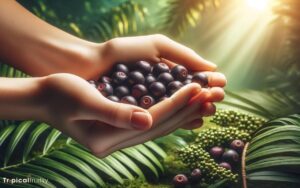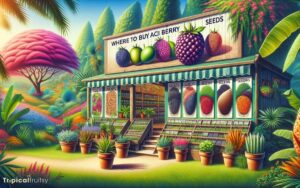Why Are Acai Berries So Expensive? Explained!
Acai berries are considered a premium health food, which is reflected in their high cost.
Their expense arises from the difficulties associated with their cultivation, harvest, and transportation, as well as the significant global demand fueled by their reputation as a superfood.
The reasons behind the high price of acai berries are manifold:
The exclusivity and laborious production of acai berries justify their status as a gourmet superfood with a matching price tag.

Key Takeaway
Additionally, extensive marketing campaigns and branding efforts increase the perceived value and contribute to the premium pricing of acai berries.
Factors Influencing the Cost of Açaí Berries
| Factor | Description |
|---|---|
| Geographic Origin | Grows primarily in South American rainforests, with limited cultivation areas. |
| Harvesting Process | Harvested by hand from tall acai palms, requiring significant labor. |
| Perishability | Highly perishable, requiring fast and costly cooling and transport. |
| Global Demand | Popular as a superfood, creating high demand that increases its price. |
| Marketing | Heavy marketing efforts to highlight health benefits add to the cost. |
Rarity and Harvesting Challenges

The scarcity of acai berries, coupled with the labor-intensive process required for their harvest, significantly contributes to their high cost.
Acai berries grow predominantly in the floodplain areas of the Amazon River and its tributaries, making accessibility a challenge.
The berries are perishable and must be processed within 24 hours of harvesting to preserve their nutritional value and prevent spoilage.
This urgency necessitates a rapid and coordinated collection effort, which is further complicated by the need for manual labor due to the delicate nature of the acai palm trees.
Climbing these trees, often over 25 meters tall, without damaging them requires skill and presents a significant safety risk, justifying the premium paid for these nutritious fruits.
Labor-Intensive Production
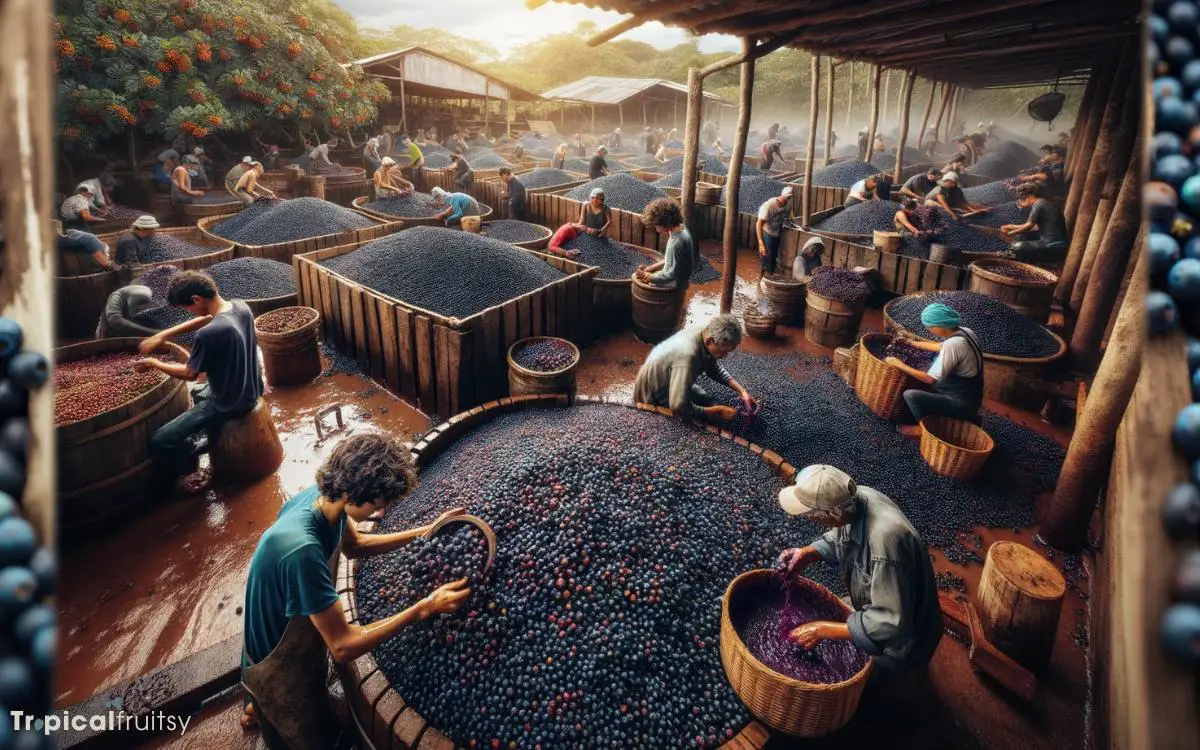
The production of acai berries involves significant human labor due to the delicate nature of the harvesting process which cannot be easily mechanized.
The scarcity of a skilled workforce capable of efficiently performing the manual harvesting contributes to increased labor costs.
Consequently, these higher labor expenses are factored into the final market price of acai berries, reflecting the intensive manual effort required from harvest to processing.
Manual Harvesting Costs
Manual harvesting of acai berries significantly contributes to their high market price due to the labor-intensive nature of the production process.
This meticulous method of collection is necessary for several reasons:
- Skilled Labor: Harvesters must be adept at climbing the tall acai palms, which requires specific skills and physical fitness to ensure safety and efficiency.
- Selective Picking: To maintain quality, workers selectively pick only ripe berries, a task that machines cannot replicate with the same precision.
- Time Sensitivity: The berries are highly perishable and must be processed quickly after harvesting to preserve their nutritional value, necessitating prompt and careful manual labor.
The cost of such detailed and manual labor is substantial and is directly reflected in the market price of acai berries, affirming their status as a premium product.
Skilled Workforce Scarcity
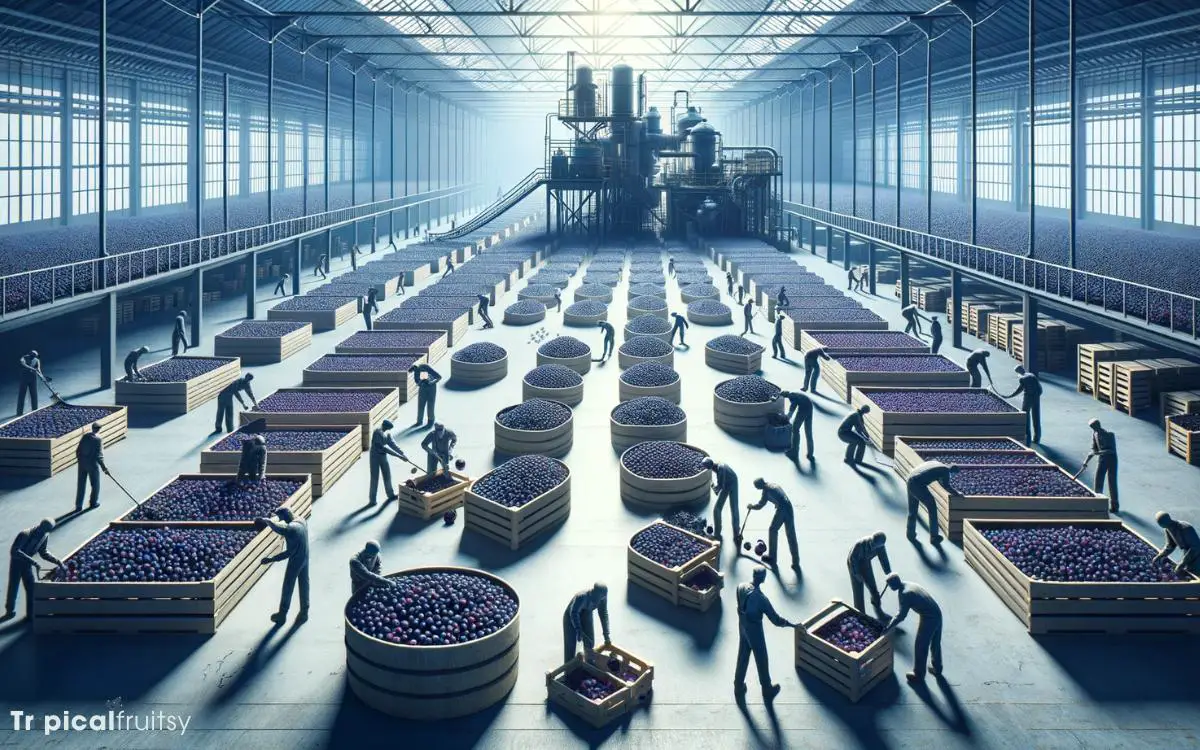
Compounding the cost of manual harvesting, the scarcity of a skilled workforce adept in acai berry collection further inflates the expense of this labor-intensive production.
Açaí berries require specific handling and expertise for proper extraction and post-harvest processing to maintain their nutritional integrity and prevent spoilage.
The particular skills needed for climbing the slender açaí palms and carefully selecting ripe berries are not readily found among the general labor pool.
This shortage of specialized labor drives up wages, subsequently increasing production costs. Moreover, the remote locations of açaí palm groves often necessitate additional incentives to attract and retain skilled workers.
This economic reality underscores the premium pricing of açaí products, reflecting the intricate balance between supply and demand in the labor market.
Perishability and Transportation

Acai berries exhibit a high rate of spoilage due to their delicate composition, which necessitates rapid processing and preservation post-harvest to maintain quality.
The cost of transportation is significantly increased by the need for expedited shipping methods and specialized cold storage to mitigate the risk of product loss during transit.
Consequently, the logistics of delivering acai berries from remote growing regions to global markets contribute substantially to their retail pricing.
Rapid Spoilage Challenge
The acai berry’s highly perishable nature necessitates immediate processing and expedited transportation, factors that significantly contribute to its high market price.
Once harvested, acai berries begin to degrade rapidly, which poses a considerable challenge for both suppliers and distributors.
The rapid spoilage rate demands that the berries be processed, usually into pulp or freeze-dried powder, within 24 hours of harvest.
This urgency requires:
- Advanced preservation methods to maintain freshness and nutritional value.
- Immediate cold storage facilities to inhibit enzymatic degradation and microbial growth.
- Speedy, often air-based, transportation to global markets to prevent spoilage en route.
These logistical imperatives, underpinned by a finite window of viability, necessitate a sophisticated and thus costly supply chain. The investment in these critical measures is reflected in the premium price of acai products.
Long-Distance Shipping Costs

In light of their perishability, acai berries often incur substantial shipping costs due to the necessity for rapid, temperature-controlled transportation methods to global markets.
The logistics chain for these delicate fruits requires specialized refrigeration to prevent spoilage and maintain quality during transit.
Analyzing the cost structure, air freight emerges as a common shipping method for acai berries due to its speed, despite being considerably more expensive than sea transportation.
Fuel surcharges, cargo insurance, and refrigeration expenses further amplify costs. These factors, compounded by the need for expedited delivery to mitigate the risk of product loss, lead to a high price point for end consumers.
As we delve deeper into the economics behind acai berries, it becomes evident that global demand and popularity also play a significant role in shaping their market value.
Global Demand and Popularity

Surging in popularity across the globe, acai berries have become a sought-after commodity, driving up prices due to increasing international demand.
This heightened allure can be attributed to several factors that have been scrutinized by market analysts:
- Health Conscious Trends: As consumers gravitate towards superfoods, acai’s purported health benefits have amplified its status.
- Media and Celebrity Endorsements: High-profile endorsements and media appearances have catapulted acai into the limelight, contributing to its desirability.
- Exotic Appeal: The exotic origin and unique taste profile of acai berries resonate with consumers looking for novel food experiences.
These elements collectively fuel the global craving for acai, with market data reflecting a steady climb in consumption rates.
This burgeoning demand intersects with the narrative of acai’s purported nutritional value and health benefits, which we will explore in the following section.
Nutritional Value and Health Benefits
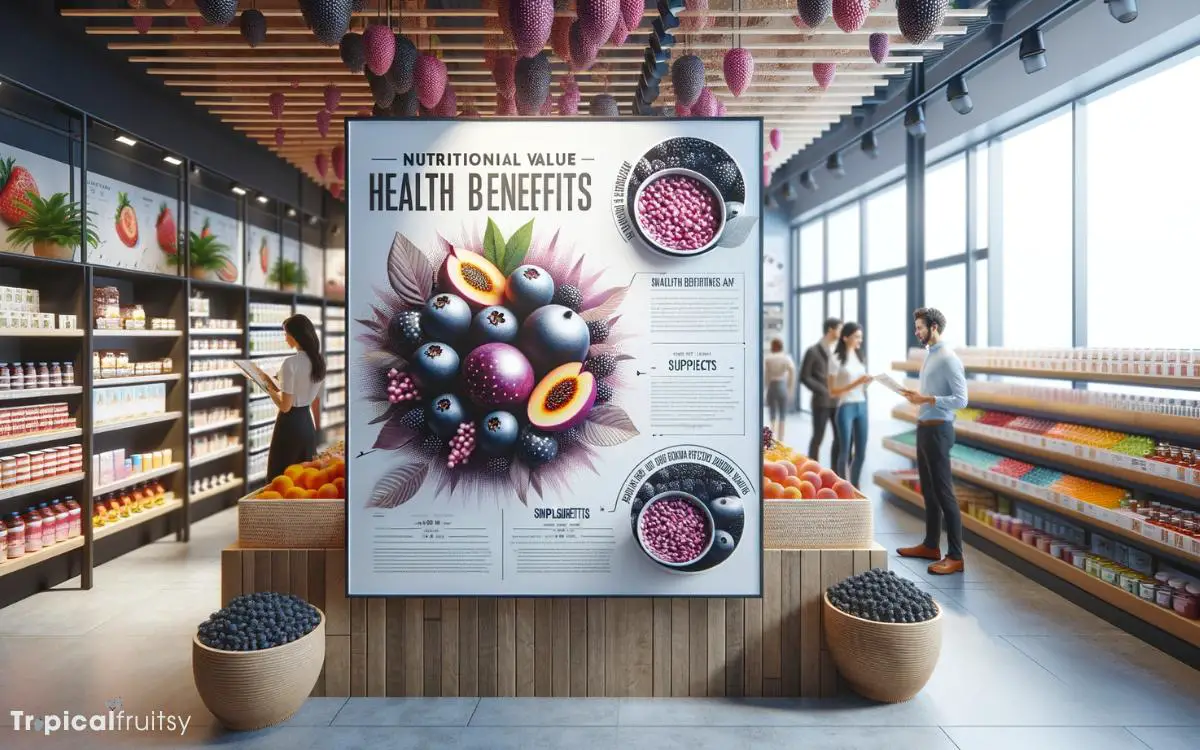
Amid the global surge in demand, acai berries’ high nutritional value and array of health benefits further justify their premium pricing.
Acai berries are a dense source of antioxidants, with a concentration of anthocyanins that exceeds that of other commonly consumed berries.
These compounds are linked to a reduced risk of chronic diseases, such as heart disease and cancer, by neutralizing harmful free radicals in the body.
Additionally, acai berries offer a robust profile of fiber, healthy fats, and essential nutrients, including calcium and vitamin A.
The technical analysis of their nutritional composition reveals a synergy of bioactive compounds that may contribute to anti-inflammatory and cholesterol-lowering effects.
As consumers become more health-conscious, the intrinsic value of acai’s nutritional benefits magnifies their market appeal.
This convergence of health advocacy and consumer preference seamlessly leads into a discussion of the marketing and branding strategies that capitalize on the acai berry’s esteemed reputation.
What makes Acai Berries so Expensive at Whole Foods?
Acai berries are expensive at whole foods because of their high demand and limited availability. Whole foods sells acai berries that are carefully sourced and sustainably harvested, leading to a higher price point. The labor-intensive process of harvesting, processing, and transporting these delicate berries also contributes to their premium cost.
Is the Expensiveness of Acai Berries Due to their Availability at Whole Foods?
Whole Foods is often associated with high-quality and organic products, including acai berries. The expensiveness of whole foods acai berries sold can be attributed to their availability at this premium grocery store. With a focus on sustainable sourcing and rigorous quality standards, Whole Foods ensures that customers get the best products, which contributes to the higher price tag for acai berries.
Marketing and Branding Strategies
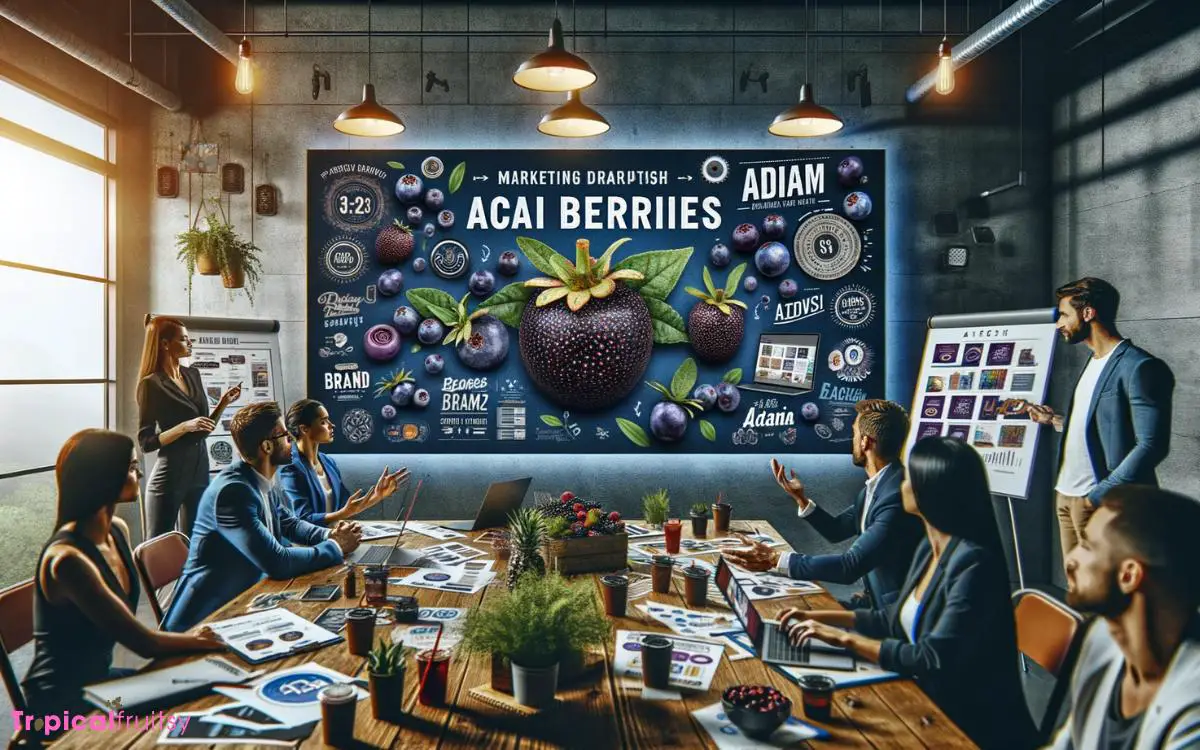
The allure of acai berries is amplified by strategic marketing campaigns that position them as a premium superfood.
These strategies include:
- Celebrity Endorsements: Utilizing the influence of celebrities to foster trust and aspirational appeal.
- Health-Conscious Messaging: Emphasizing the scientifically-backed health benefits of acai berries in marketing material.
- Exclusive Brand Partnerships: Aligning with high-end retailers and wellness brands to reinforce the luxury status.
Such tactics are designed to resonate with consumers who prioritize health and are willing to invest in products that promise superior health benefits.
The technicality of the language used in marketing materials often hinges on evidence-based claims about antioxidants, fatty acids, and fiber content, which are all abundant in acai berries.
This evidence is leveraged to justify the premium pricing and to differentiate acai from less expensive fruit options.
Conclusion
The high cost of acai berries can be attributed to a combination of factors, including their geographical origin in remote rainforest regions, labor-intensive harvesting methods, perishability, nutritional value, limited availability due to seasonal growth, sustainable harvesting practices, and increased demand driven by their status as a superfood.
These factors collectively contribute to the premium price tag associated with acai berries in the market.



